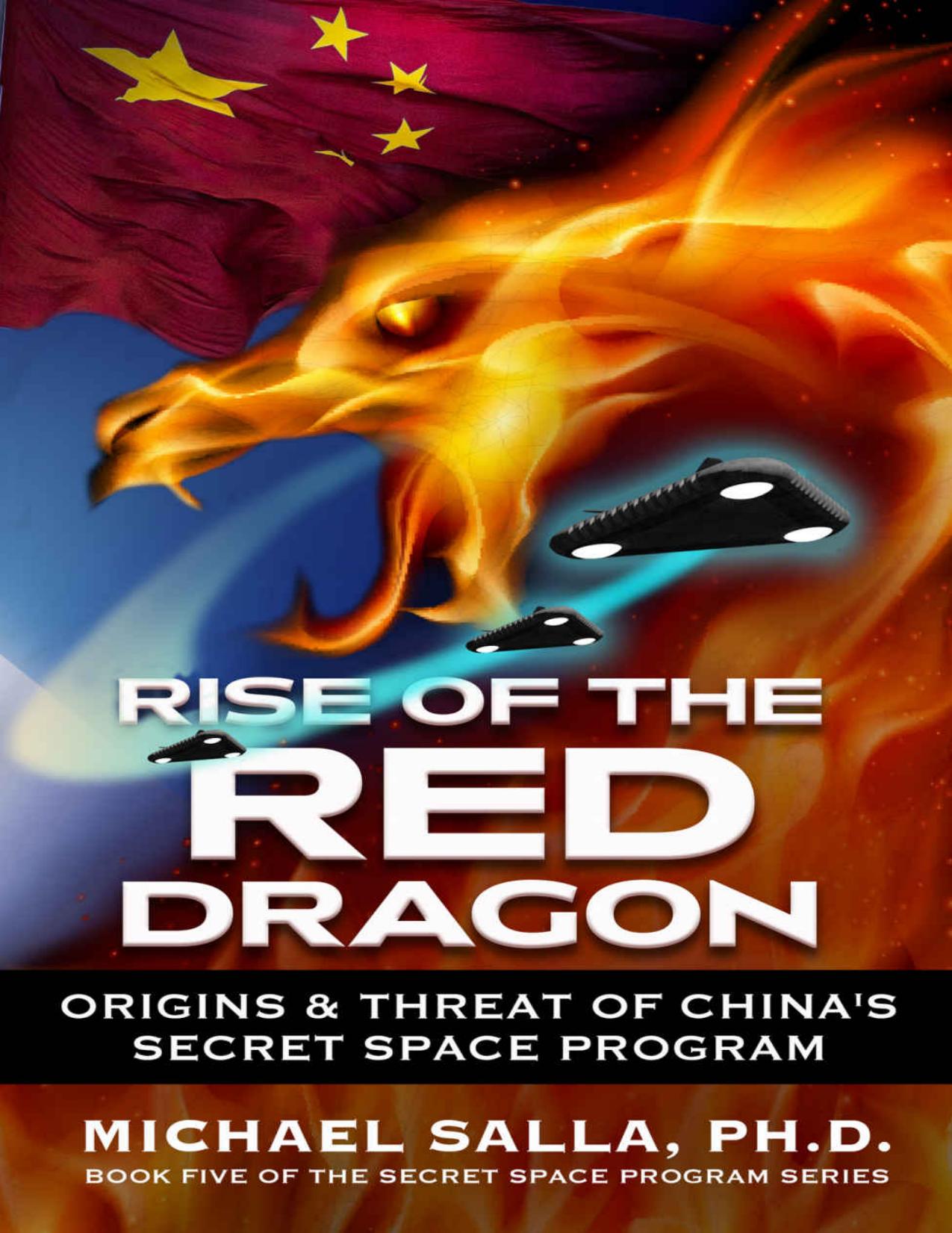Rise of the Red Dragon - Origins & Threat of China's Secret Space Program (Secret Space Programs Book 5) by Michael Salla

Author:Michael Salla
Language: eng
Format: mobi, pdf
Publisher: Exopolitics Consultants
Published: 2020-04-19T22:00:00+00:00
The space budget was actually cut to 0.035 percent of GNP, and Deng promoted a new generation of scientists and engineers into positions of influence over Tsien and the old guard. Tsien’s hopes for China to develop a secret space program based on his knowledge of U.S. and Soviet top secret projects, and the information gleaned from ancient texts and artifacts that his team had analyzed, would again be delayed as his revolutionary insights were given low priority by Deng and the new leadership.
From 1978 to 1989, Tsien firmly focused on helping China’s satellite program to expand and modernize. He headed the Chinese Society of Astronautics and played an instrumental role in China joining the International Astronautical Federation in 1980. The Fifth Academy, renamed the Seventh Ministry of Machine Building in November 1964, was to undergo another name change to become the Ministry of Space Industry in April 1982.[255] It would be renamed again as the Ministry of Aerospace Industry in July 1988, before yet another renaming in 1993 to the China Aerospace Corporation. In July 1999, the China Aerospace Corporation was divided into two major state-owned companies. These were called the China Aerospace Science & Technology Corporation (CASC) and the China Aerospace Machinery and Electronics Corporation (CAMEC).[256] In July 2001, CAMEC became the Aerospace Science & Industry Corporation (CASIC). While CASIC’s primary focus was to help the PLA with its missile program and other weapons systems, CASC’s primary function was to supply components for China’s space programs.
As far as China’s conventional rocket propelled space program was concerned, it would go on to achieve remarkable results after Tsien’s official retirement in 1991 at the ripe age of 80. Retirement for Tsien did not bring a close to his activities, however. Instead, an exciting new phase began for him in which funding and resources finally became available for moving forward with China’s development of exotically propelled aerospace craft. Before this happened in his final years (he lived to age 98), Tsien had to first undergo a daunting process with many setbacks, as the next chapter will show.
On October 15, 2003, China’s first manned flight into space was launched from Jiuquan. The Shenzhou-5 (Divine Vessel-5) carried one astronaut, Yang Liwei, into low Earth orbit for just over 21 hours. This was followed almost two years later by the Shenzhou-6, which carried two astronauts who were in orbit for five days. Tsien witnessed China’s first manned flight into space on the rockets developed from his pioneering work with the 5th Academy at the Jiuquan launch facility.
On September 29, 2011, China launched the Tiangong-1 (Heavenly Palace-1), its first prototype space station, which was used as a manned laboratory for just over 20 days during its service life that lasted until April 2018. The Tiangong-1 was 34 feet (10.4 meters) in length and 11 feet (3.35 meters) in diameter and could hold a crew of three. Its design was based on the Soviet Union/Russia’s MIR space station, which operated from 1986 to 2001. According to
Download
Rise of the Red Dragon - Origins & Threat of China's Secret Space Program (Secret Space Programs Book 5) by Michael Salla.pdf
This site does not store any files on its server. We only index and link to content provided by other sites. Please contact the content providers to delete copyright contents if any and email us, we'll remove relevant links or contents immediately.
| Aeronautics & Astronautics | Astronomy |
| Astrophysics & Space Science | Comets, Meteors & Asteroids |
| Cosmology | Mars |
| Solar System | Star-Gazing |
| Telescopes | UFOs |
Turbulence by E. J. Noyes(7032)
Tools of Titans by Timothy Ferriss(6935)
Astrophysics for People in a Hurry by Neil DeGrasse Tyson(4614)
Room 212 by Kate Stewart(4099)
Pale Blue Dot by Carl Sagan(3996)
The David Icke Guide to the Global Conspiracy (and how to end it) by David Icke(3875)
Secrets of Antigravity Propulsion: Tesla, UFOs, and Classified Aerospace Technology by Ph.D. Paul A. Laviolette(3432)
Apollo 8 by Jeffrey Kluger(3196)
Losing the Nobel Prize by Brian Keating(3184)
A Journey Through Divination and Astronomy by Publishing Pottermore(3028)
Goodbye Paradise(2949)
COSMOS by Carl Sagan(2944)
Brief Answers to the Big Questions by Stephen Hawking(2872)
How to Read Water: Clues and Patterns from Puddles to the Sea (Natural Navigation) by Tristan Gooley(2849)
The Five People You Meet in Heaven by Mitch Albom(2834)
The Order of Time by Carlo Rovelli(2708)
How to Read Nature by Tristan Gooley(2657)
A Brief History of Time by Stephen Hawking(2470)
Aliens by Jim Al-Khalili(2376)
